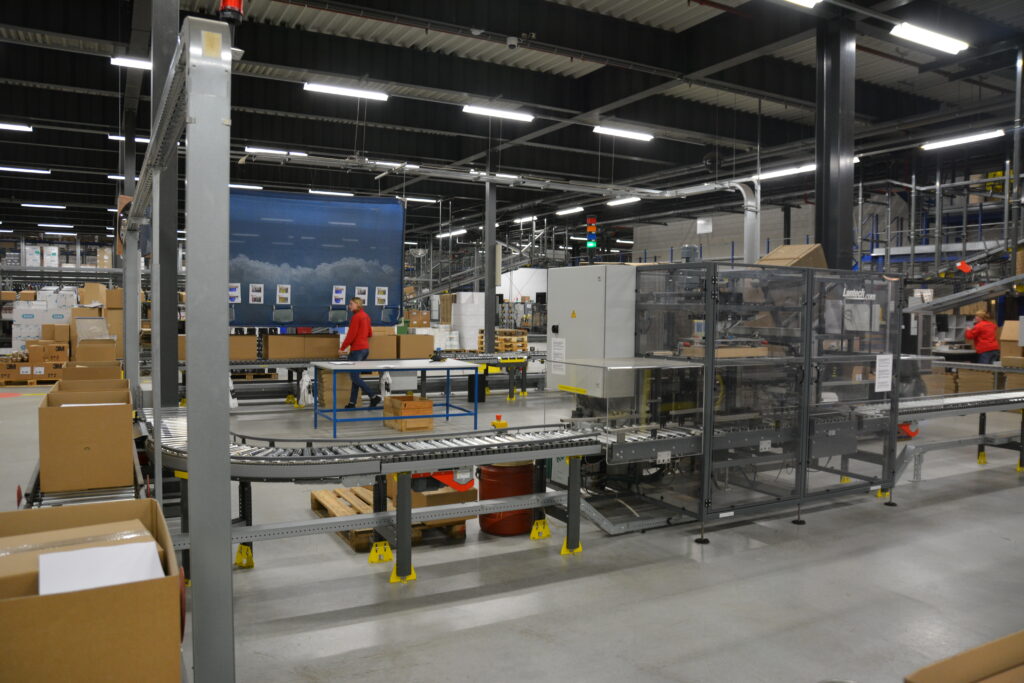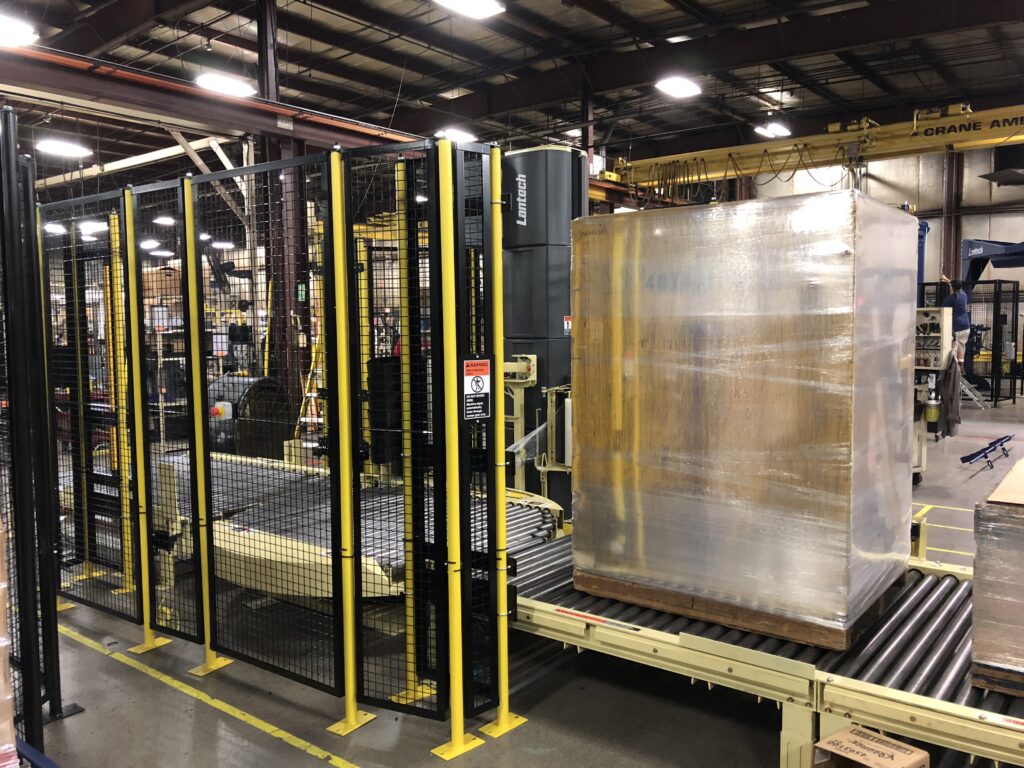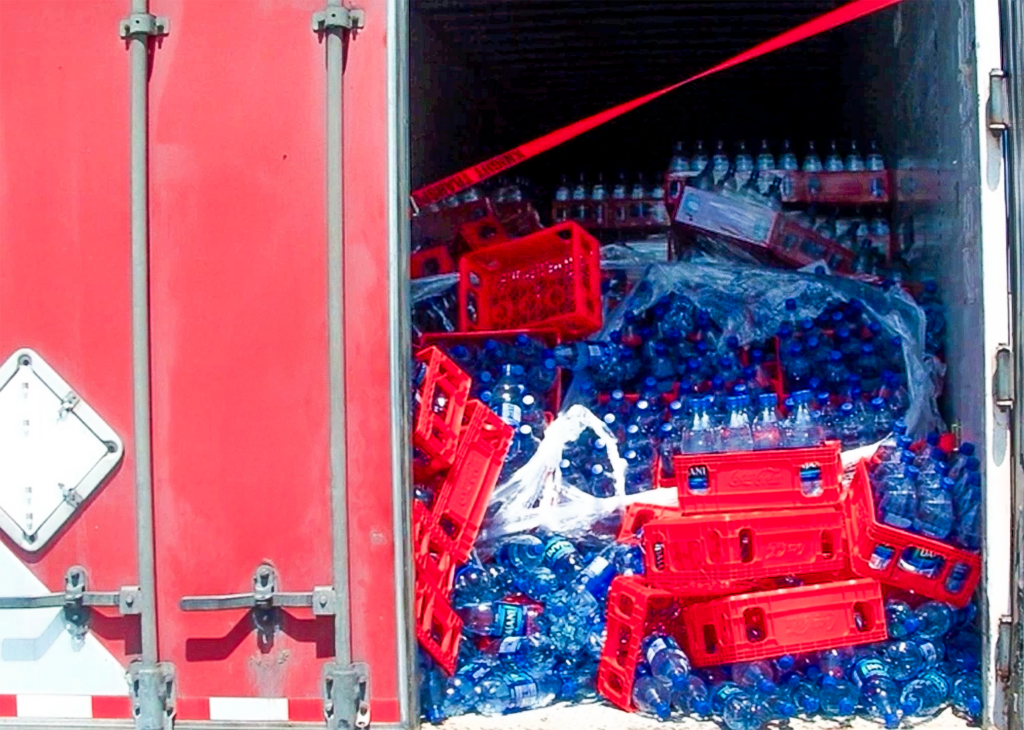Film breaks are more than just an irritation. Unless their causes are found and fixed, they lead to a nasty chain of events called the Circle of Doom.
The Circle of Doom’s a bad place to be. So, here are the first things you should check to avoid it when your film starts breaking:
1. The Film
a. Is it threaded properly?
b. Is the film the one you’re supposed to be using?
c. Are there flaws (gels, nicks, tears, etc.)?
2. The Load and Pallet
a. Do they have sharp corners or protrusions?
3. The Stretch Wrapper
a. Is the wrap force set correctly?
b. Are there nicks, cuts or resin build-up on the film contact surfaces?
c. Film Clamp (on fully automatic stretch wrappers):
i. Scissor Clamps: are there nicks, cuts or resin build-up on the film contact surfaces?
ii. Vacuum Clamps: is the air pressure correct? Air filter clean?
If these questions don’t expose the problem, get some help! Call your favorite service technician and have him or her find and fix the problem.
Looking for other ways to improve? Check out our 10-Step Process for Damage Reduction Through More Effective Stretch Wrapping. Our process will show you:
- How to reduce your shipping damage by 50%!
- The key elements of a stretch wrapping standard!
- How to manage containment force – stretch wrapping’s most critical component!
This post was published on August 28, 2014 and updated on February 14, 2019.
August 28, 2014
Film breaks are more than just an irritation. Unless their causes are found and fixed, they lead to a nasty chain of events called the Circle of Doom.
The Circle of Doom’s a bad place to be. So, here are the first things you should check to avoid it when your film starts breaking:
1. The Film
a. Is it threaded properly?
b. Is the film the one you’re supposed to be using?
c. Are there flaws (gels, nicks, tears, etc.)?
2. The Load and Pallet
a. Do they have sharp corners or protrusions?
3. The Stretch Wrapper
a. Is the wrap force set correctly?
b. Are there nicks, cuts or resin build-up on the film contact surfaces?
c. Film Clamp (on fully automatic stretch wrappers):
i. Scissor Clamps: are there nicks, cuts or resin build-up on the film contact surfaces?
ii. Vacuum Clamps: is the air pressure correct? Air filter clean?
If these questions don’t expose the problem, get some help! Call your favorite service technician and have him or her find and fix the problem.
Looking for other ways to improve? Check out our 10-Step Process for Damage Reduction Through More Effective Stretch Wrapping. Our process will show you:
- How to reduce your shipping damage by 50%!
- The key elements of a stretch wrapping standard!
- How to manage containment force – stretch wrapping’s most critical component!





